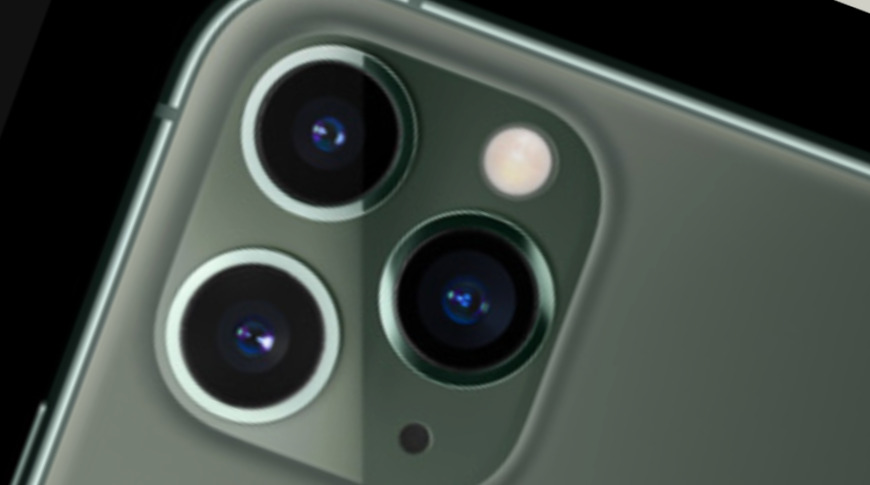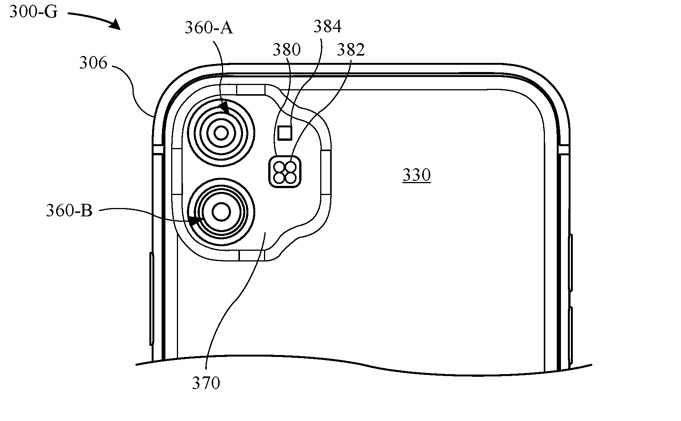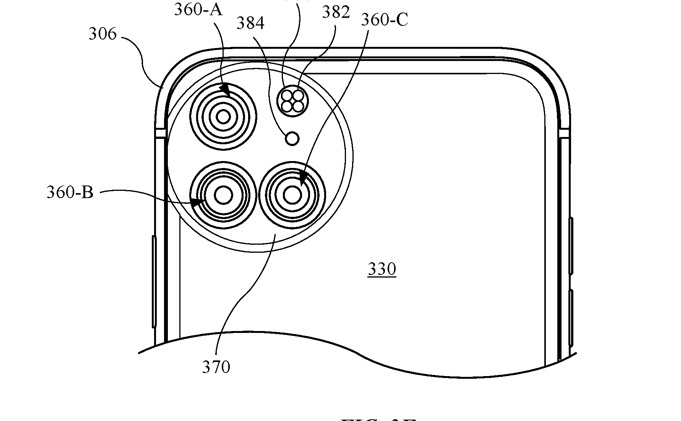How the iPhone 11 Pro cameras nearly looked very different
Drawings filed with the US Patent Office show how Apple investigated many different designs for the iPhone 11 Pro's camera unit.
A week after Apple first announced the iPhone 11 Pro in 2019, the company filed a patent application for its design, which has now been revealed by the US Patent Office. Amongst great but familiar detail over the basic housing design, though, are multiple variations on the rear camera array.
"Portable Electronic Device," US Patent Application No 20200221002, does not mention the iPhone 11 Pro once in its 15,000 words, but then it doesn't say iPhone either. And it only uses the word "phone" one single time.
Consequently, it's conceivable that this is really a patent application for some future portable electronic device. However, if it is, it's one that looks identical to the iPhone 11 Pro — bar some of these camera options.
Those options appear to be purely aesthetic choices, too, as the application attempts to patent as wide a range of variations as possible. "It should be noted," says the application, "that any surface shape along the transitional edge may be implemented as a design choice as long as it does not impact the operation and functionality of the camera modules, strobe module, and microphone module carried in part by the raised portion."
The differences between the options center on the specific positioning of lenses, and of the raised bump or "transitional edge" that houses them. In each case, there is a "strobe opening," and a microphone, though at times both are square instead of the iPhone 11 Pro's final circular shape.
"[However, the] openings for the camera modules, the strobe module, and the microphone module may be any combination of shapes such as a rectangle, a square, a circle, a triangle, and the like," says the application.
One drawing shows only two lenses, as with the iPhone 11. All the rest have three and they are aligned in different ways. "[The] first, second, and third camera openings are oriented in an L-shape... [or] the first and second camera modules are aligned to each other and the second and third camera modules are aligned to each other."
It looks like Apple either just tried every possible arrangement of lenses — or that this patent application is trying to cover every one. Each individual lens appears from the drawings and basic descriptions to be the same as in the final iPhone, but there is a wide variation in the raised portion's overall shape.
The patent application credits 20 inventors for the design, including Jony Ive, who left Apple two months after this application was filed.
 William Gallagher
William Gallagher













 Andrew Orr
Andrew Orr
 Sponsored Content
Sponsored Content
 Malcolm Owen
Malcolm Owen



 Mike Wuerthele
Mike Wuerthele
 Christine McKee
Christine McKee







